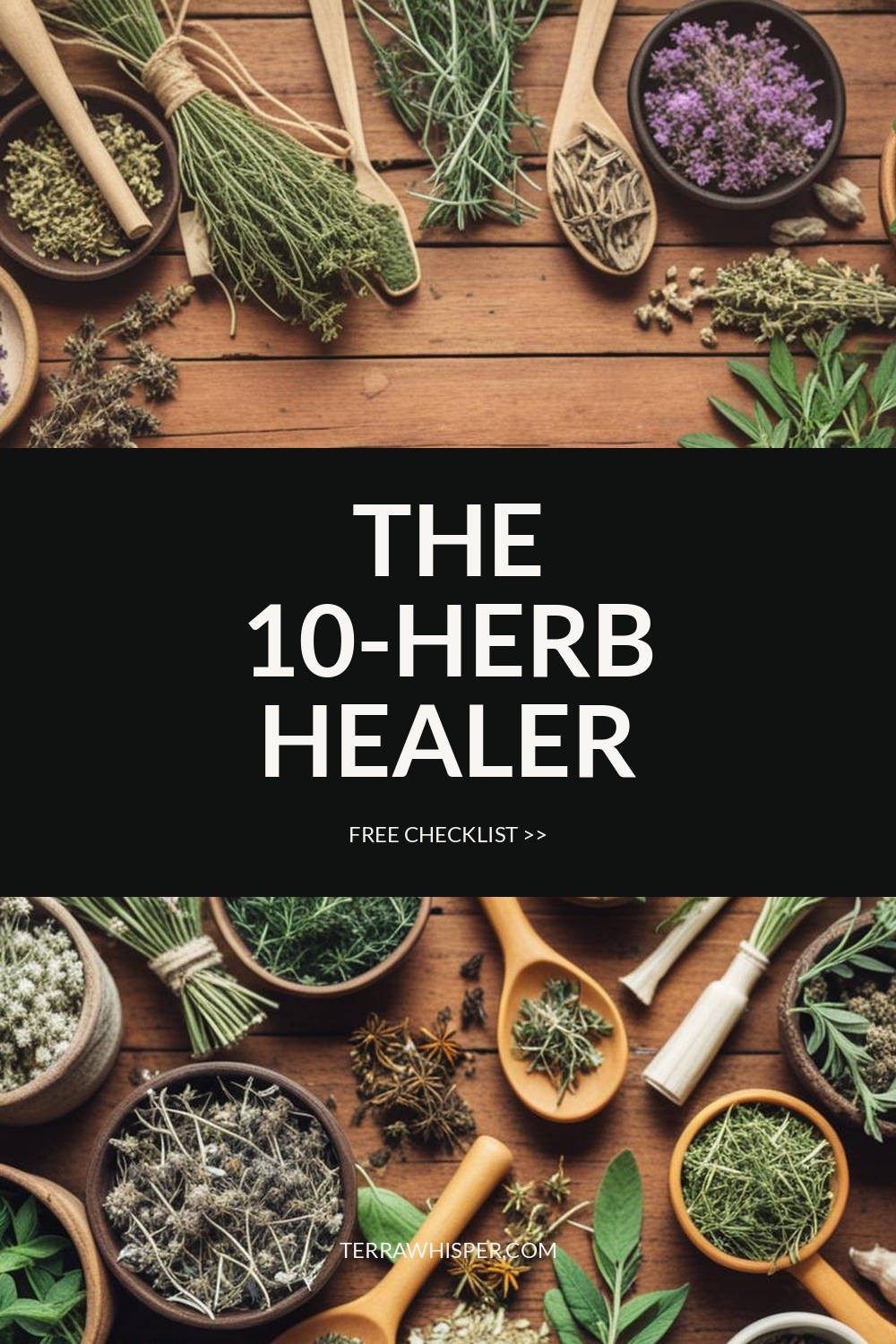Milk Thistle (Silybum Marianum)
Information Reliability Score: 2/10
This score reflects the overall reliability of the information presented in this article. It is based on the quality of scientific evidence, accuracy of sources, and the transparency of references related to Silybum marianum.
Milk Thistle, scientifically known as Silybum marianum, is a medicinal herb that has been used for centuries for its therapeutic properties. It is particularly noted for its active compound, silymarin, which is believed to support liver health and detoxification. Traditionally, Milk Thistle has been used in European and Middle Eastern cultures to treat liver diseases, including cirrhosis and hepatitis, and it was even revered in ancient times as a symbol of protection. In modern wellness practices, it is widely used as a supplement to promote liver function, reduce inflammation, and support overall detoxification processes. Its unique features, such as its distinctive spiny leaves and the presence of the rare compound silymarin, make it a valuable herb in both traditional and contemporary herbal medicine.
FREE CHECKLIST
The Only 10 Herbs You Need to Heal 90% of Common Ailments.

